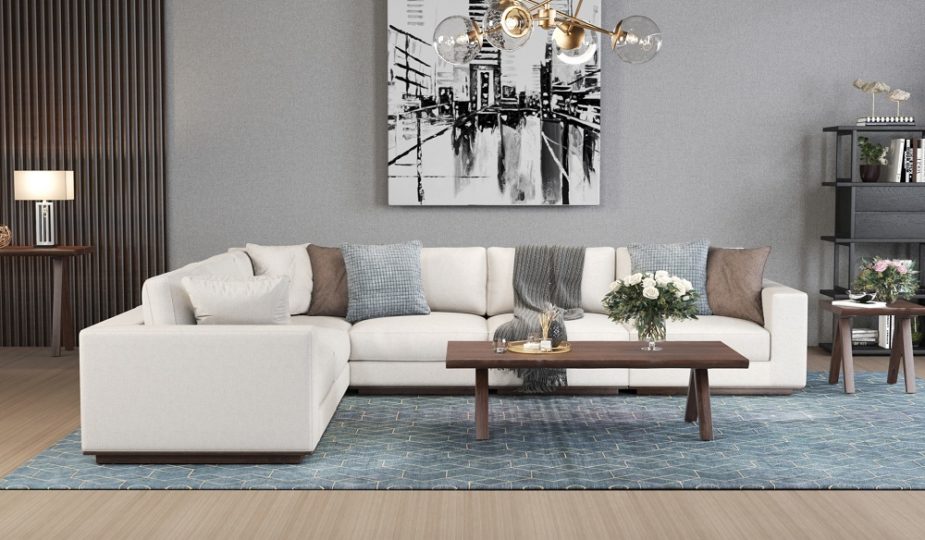
GUIDE TO BUYING MODULAR FURNITURE
Nearly 10% of Americans move each year. That might seem like a lot of moving but as more young people have been moving to larger cities, transition is common and individuals move homes to find a more desirable part of the city, to save on rent, take advantage of signing deals or move closer to a new job.
This can make furniture buying difficult as each space will have different needs. But investing in furniture that will last is not only a good personal investment, it’s beneficial for the environment. Hence the development of mass-produced modular furniture. It meets the requirement for a more extensive consumer base and it maximizes the use of available space while also focusing on visual appeal.
Modular furniture caters to the generic need of the customer that is economical, durable, and easy to assemble and disassemble while also allowing it to flow from residence to residence and feel customized.
Consider some of our helpful tips to select modular furniture that will serve both form and function.

Measure it before you treasure it – The first and foremost step is to note the dimension of the area present at your disposal to plan the dedicated sections that align with your usage. The focus should not be on filling up the space but on utilizing the available space in the best possible manner. While it may feel tempting to consider future spaces, it will quickly become overwhelming. First consider your current space. If you choose pieces that have the ability to be flipped and turned you will have the ability to fit the pieces in most spaces.
Before you decide to buy the furniture, you should be clear whether the design fits the area where you assemble it. For example, a circular table will waste the corner space and hamper the appeal of the décor too.
Consider the elements – Different style and material options are present in the market depending on the level of durability you require. For instance, if you live with pets and children, choosing a sofa with comercial material will hold up to jumping children and the claws of your dog.
For outdoor spaces, consider the weather in your area.Choose an outdoor modular teak sectional that will hold up to rain, snow, wind, and sun depending on your climate.
Mind the Colors – Don’t ignore the fact that the color of the furniture should complement the color scheme of the room and resonate with the purpose for which you are using it.
You can experiment with contrasts and palettes to enhance the beauty of the space in use. Choosing neutral palettes will allow you to accessorize with color in a safe way that will easily move from space to space. While choosing larger patterned or colored pieces will surely make a statement.

Customization – When deciding which modular pieces to invest in, consider how customizable the piece is and whether those customization options are novel or necessary. Are there ways to switch the configuration to fit your space better? For example many sectionals have the option to configure the pisces to face the left or the right. Certain expandable tables will come with the option to sit 2-4 more people at the table. Consider the options for customization and choose the ones that meet your specific needs.
Budget and durability – Furniture is an investment. It will last you years if you take proper care with it. With that said, it’s a lot of money up front. Consider your budget and set a range that you’re comfortable with.
The great thing about investing in quality furniture is durability. If it doesn’t fit in your next space, you can easily sell the pieces and earn a good bit of cash back.









